American roads pose significant risks, especially for drivers aged 15 to 20. The CDC reports that teenage drivers are almost three times more likely to be in a fatal crash than those over 20, often due to inexperience and risky driving habits.
The cities in this article were chosen for their high rates of fatal accidents involving young drivers. Awareness among parents, teens, and local officials is crucial to enhance road safety in these areas. Recognizing the challenges young drivers encounter can guide families and communities in bolstering road safety efforts. Continue reading to discover the deadliest U.S. cities for young drivers and how understanding these risks can lead to safer roads nationwide.
Understanding the Risk Factors
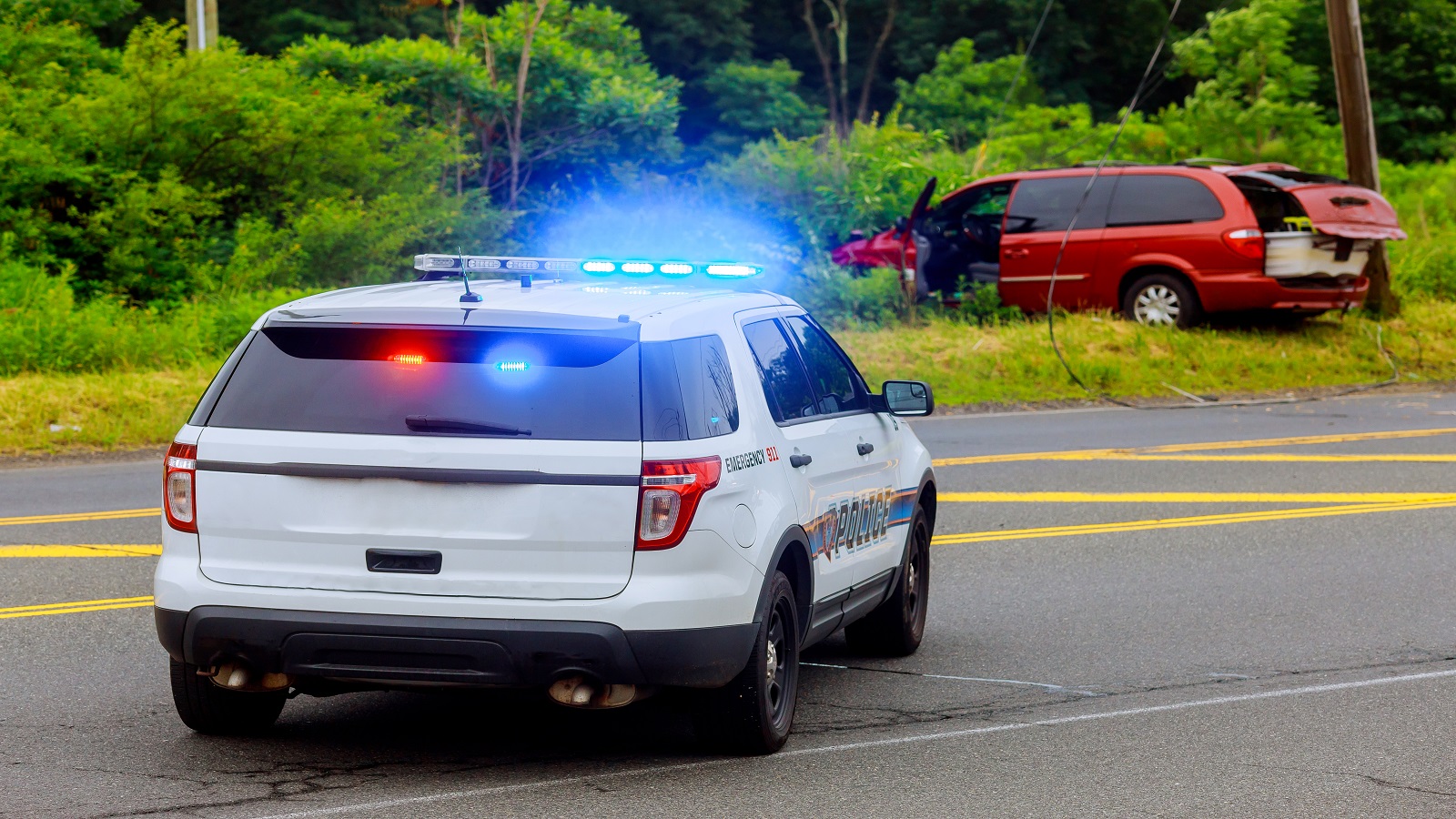
Alcohol’s Impact on Young Drivers: Young drivers often downplay alcohol’s risks. The CDC states that drivers aged 15-20 are at a higher risk of fatal crashes when drinking. Drunk driving endangers everyone on the road since alcohol slows reaction time, decision-making, and coordination needed for safe driving.
Distracted Driving and Technology: Distracted driving is another hazard for young drivers, exacerbated by smartphones and in-car entertainment. Texting while driving, prevalent among youths, can lead to accidents. A driver who texts looks away from the road for about 5 seconds, long enough to travel the length of a football field at 55 mph.
Urban Traffic and Safety: In busy cities, young drivers face increased accident risks due to crowded streets, heavy traffic, and complex intersections.
Texas – A Rise in Youth Fatalities
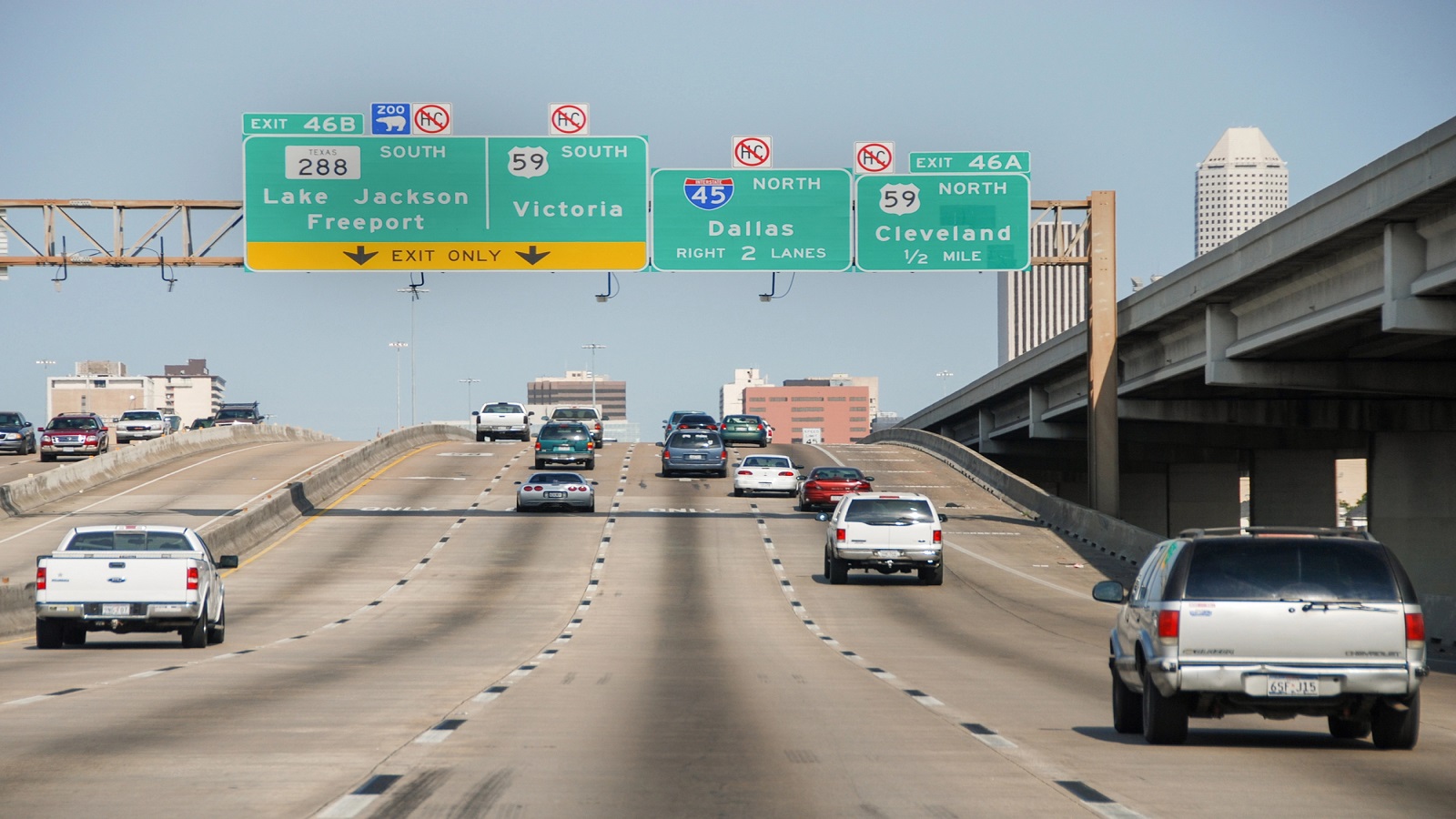
Texas has seen a rise in fatal accidents involving young drivers, with 106 deaths in 2016. Local Child Fatality Review Teams (CFRTs) examined 56 crashes, finding that 36% of the deaths were drivers and 28.5% passengers, with speed and reckless driving as major causes. Immediate action is necessary to reduce youth fatalities in Texas. Collaboration among government, community groups, and families is essential to create protective measures for young drivers and children.
California’s Risk Zones

Emeryville, near Oakland, is California’s most dangerous city per a 2023 FBI report, with high crime rates and heavy traffic posing risks for young drivers.
Redding in Northern California has experienced a crime surge, with violent and property crime rates of 9.16 and 70.02 per 1,000 residents, respectively. Needles, in San Bernardino County, also ranks high in danger due to its isolated Mojave Desert location. Other hazardous areas for young drivers in California include:
- Oakland
- Commerce
- Signal Hill
- Marysville
- Vallejo
- Stockton
- Modesto
Michigan
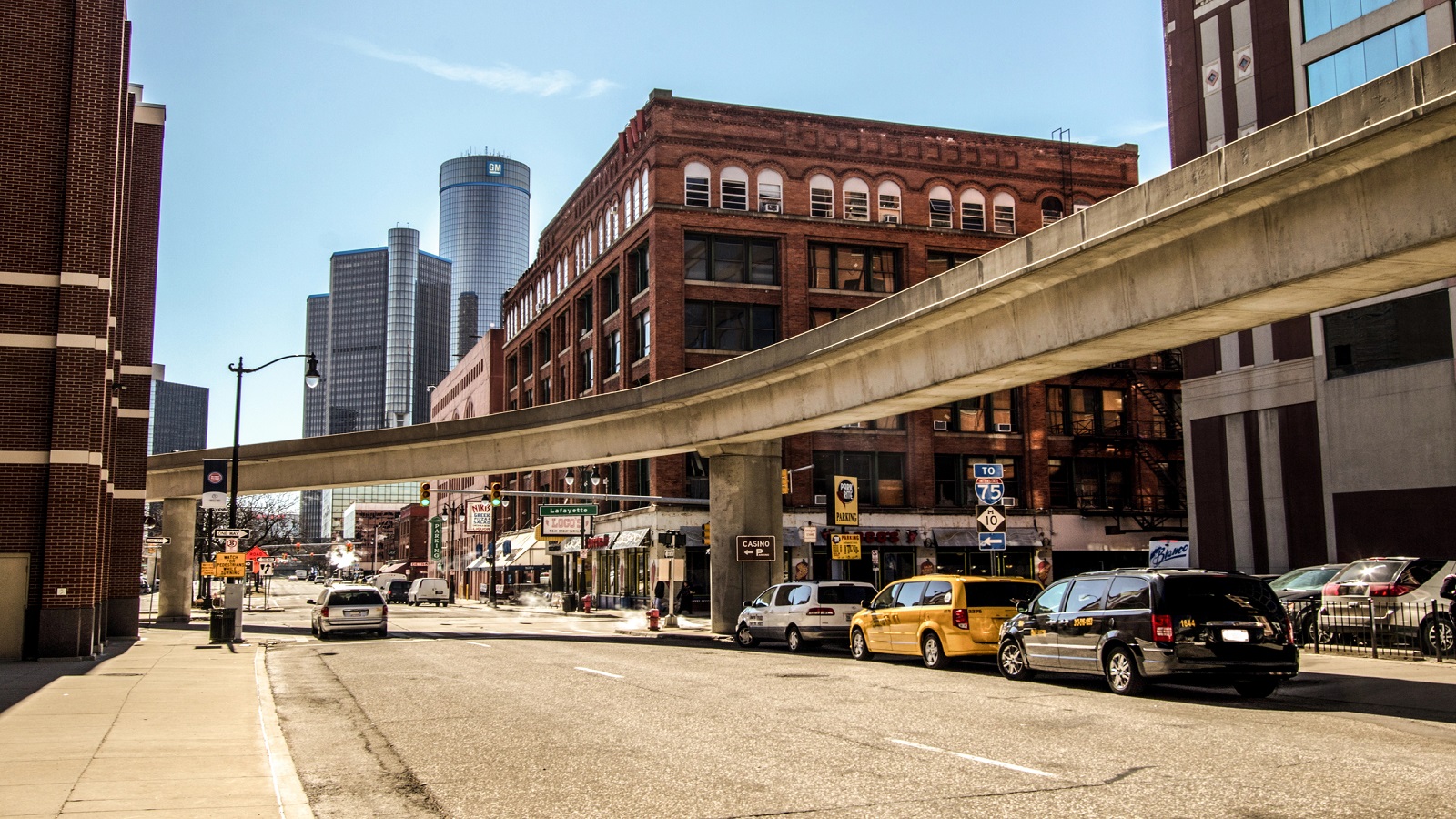
Michigan is the most dangerous state for teen drivers, with traffic deaths exceeding 1,100 in 2021. Inexperience, distraction, speeding, and seatbelt neglect are key risks. Michigan’s Graduated Driver Licensing (GDL) aims to improve new driver safety with a phased licensing approach. Risk varies by city; Saginaw and Detroit have high violence rates, while Port Huron is lower. Yet, vigilance is essential for young drivers statewide.
Florida’s Hazardous Roads
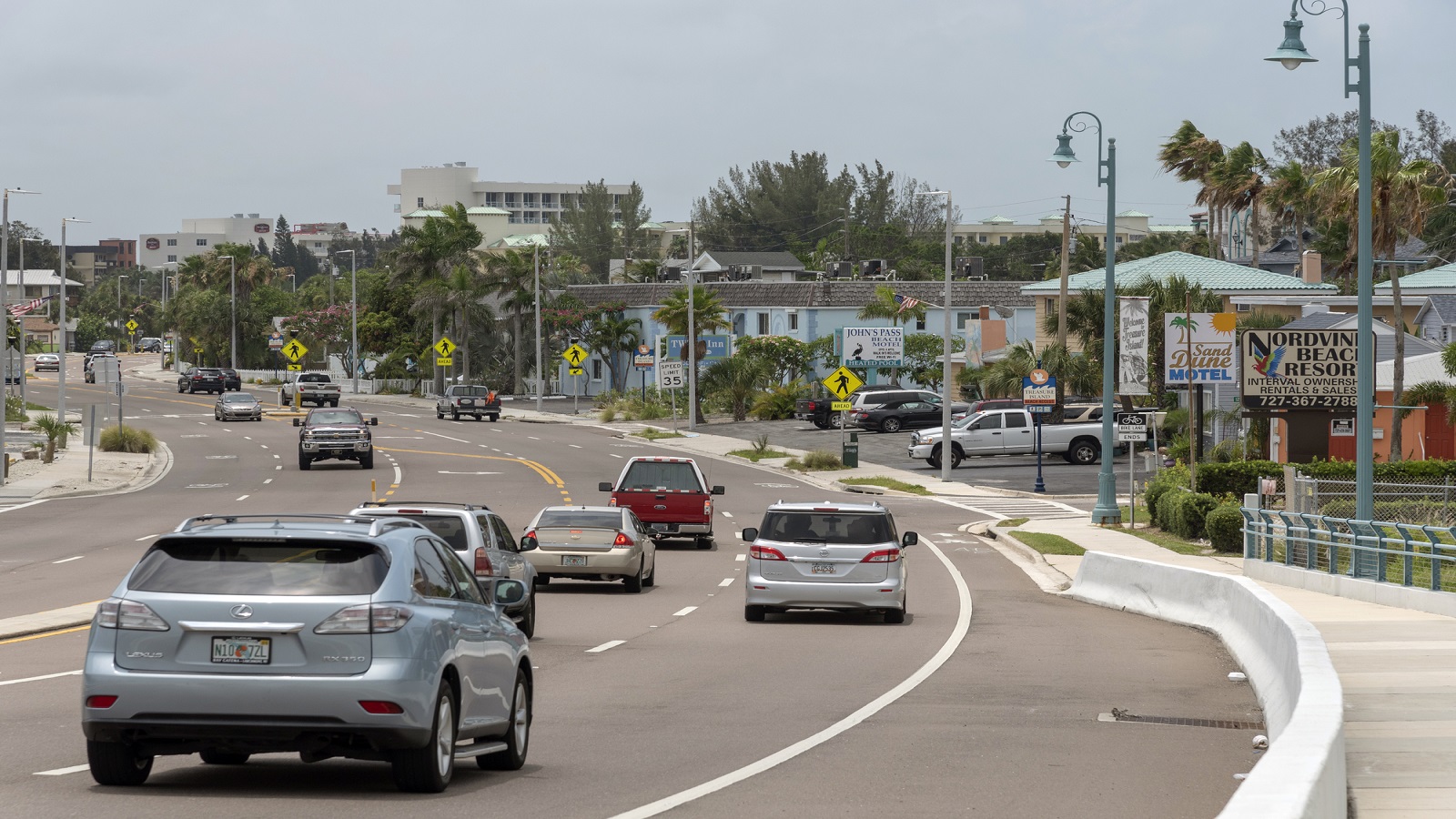
Florida’s beautiful climate belies its dangerous roads for young drivers. The state’s dense population and traffic make several highways among the deadliest in the U.S. Interstate 4, linking Tampa and Daytona Beach, is the most lethal with 34 fatal crashes per 100 miles, posing significant risks to drivers 15-20 years old.
A segment of Interstate 95 in Miami’s Little River area is notably perilous, with 27 deaths over 3.85 miles, a rate of 7.01 fatalities per mile. Also, U.S. Route 19 in Pinellas County, with daily traffic exceeding 80,000 vehicles, has the highest fatality rate per mile in Florida. These hazardous conditions stem from, Intense traffic, Regular storms and rain and Driver inexperience or distraction
Wyoming
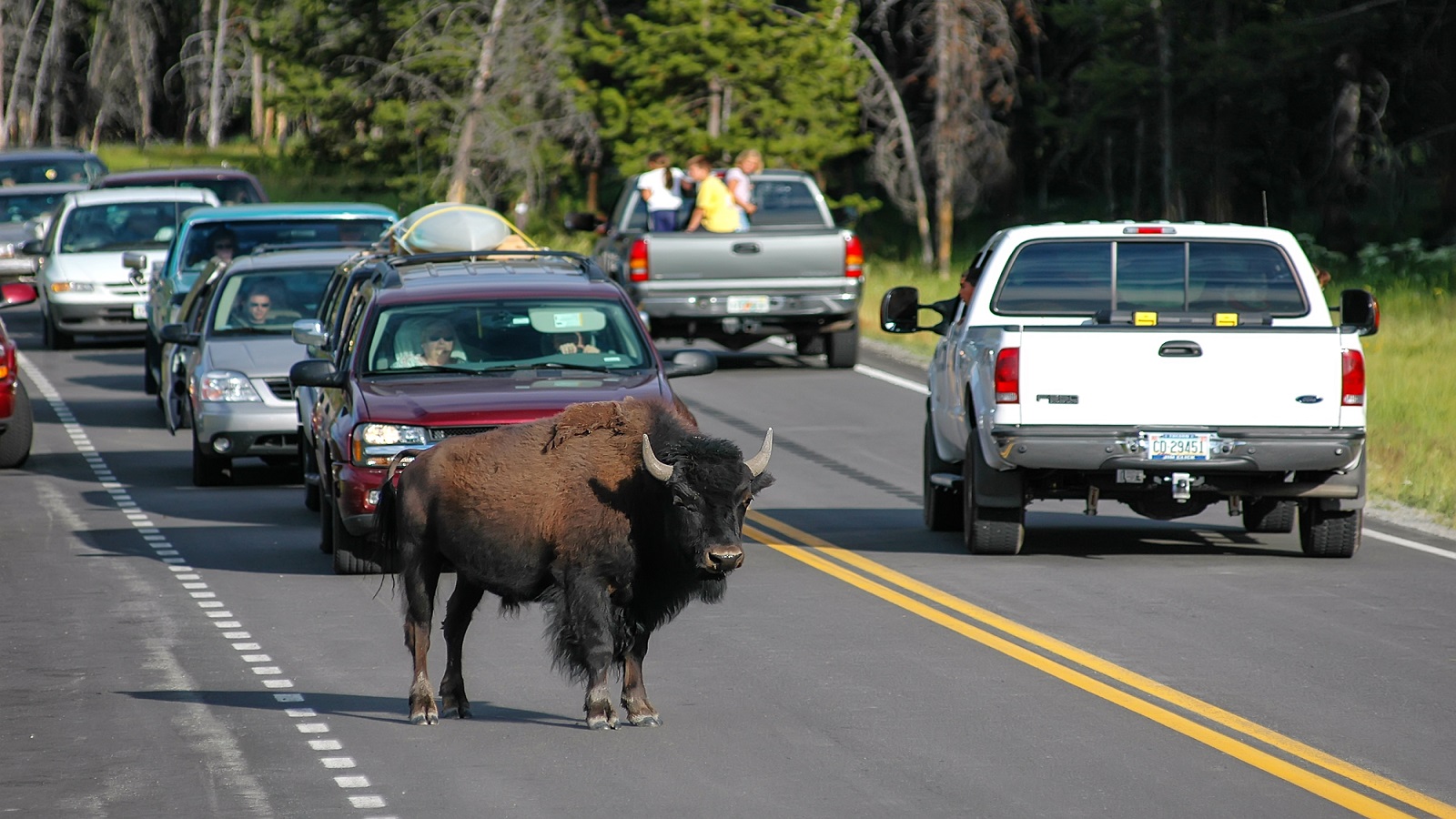
Wyoming’s high-speed limits, road infrastructure, and drunk driving rates make it one of the most dangerous states for drivers. Its alcohol-related traffic fatality rate is nearly twice the national average, posing a significant risk to young, inexperienced drivers.
Statistics show Wyoming as one of the deadliest states for teen drivers, with crashes involving 15- to 19-year-olds leading to thousands of deaths annually. Drivers aged 16 to 19 are almost three times as likely to die in car crashes compared to those over 20.
Mississippi

Mississippi ranks as one of the deadliest states for drivers aged 15 to 20, likely due to poor roads, risky driving, and inadequate safe driving education.
From 2010 to 2014, it had the highest death rate for this group nationally, at 3.23 per 100,000 residents, underscoring the need for better road safety and targeted education for young drivers. Most teen traffic deaths in Mississippi involve young males, who represent 72 percent of these fatalities, indicating a potential need for gender-specific driving interventions.
The Dangers of Driving in Illinois
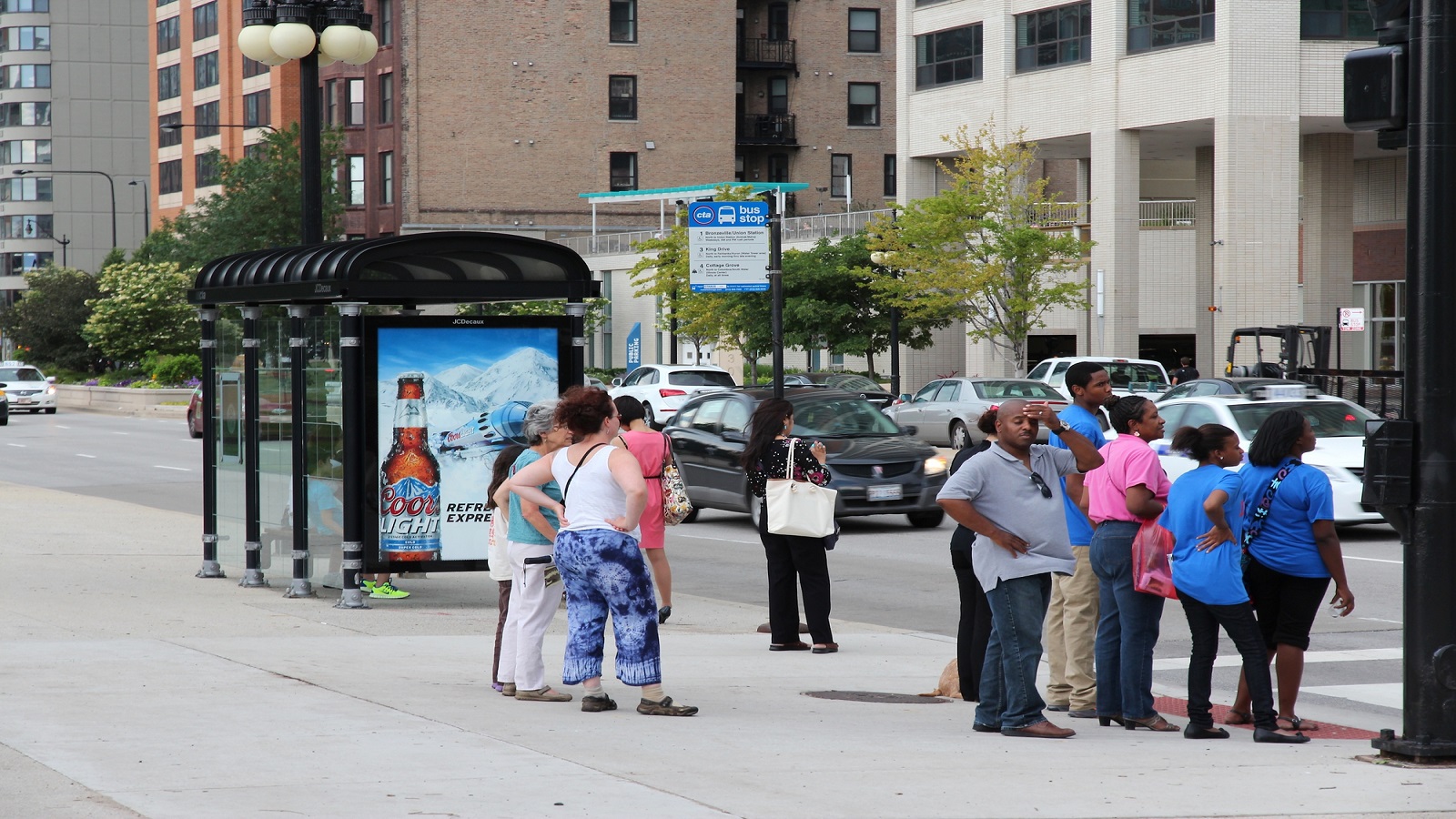
Illinois poses several risks for drivers aged 15 to 20. According to a CrimeData.io report, Evergreen Park has a crime rate of 3,416 per 100,000, above the national average of 2,912.43.
Another study of 2,976 fatal motor vehicle accidents in Illinois from 2018 to 2020, covering 1,812 roads, highlighted speeding, drunk driving, and distracted driving as key dangers. Factors making Illinois roads hazardous include, Speeding, Drunk driving and Distracted driving.
Rhode Island

Drivers aged 16 to 24 represented 19.81 percent of all driver fatalities in Rhode Island over five years, nearly one in five road accidents.
In Rhode Island, car crashes are the top cause of death for teens 15-17, with the first year of licensed driving being the riskiest. The state enforces laws to protect young drivers, including strict cell phone restrictions for those under 18.
Louisiana
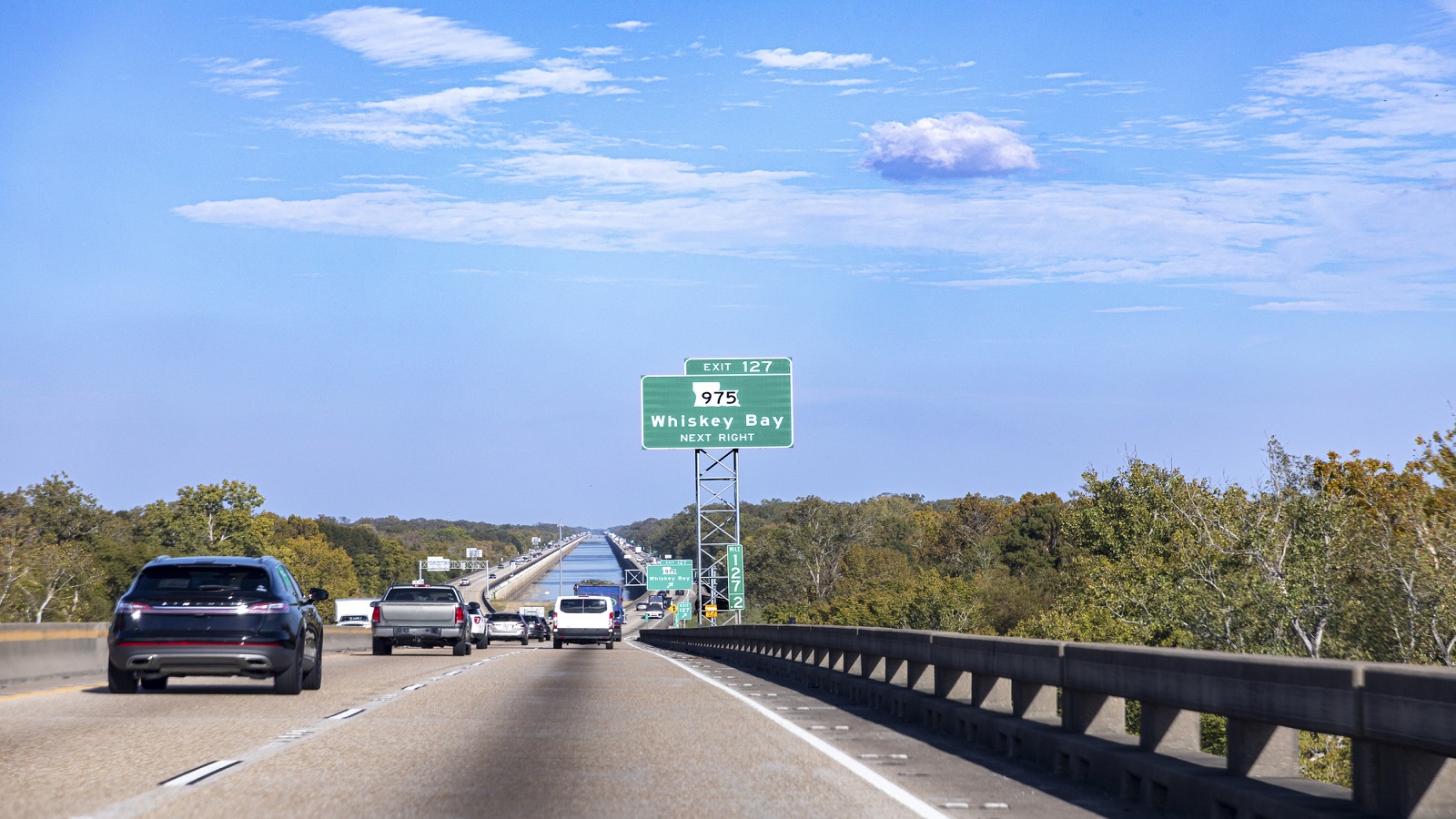
In 2021, Louisiana had 113 fatal and 9,781 injury crashes involving 15-20-year-old drivers. High crime rates in cities like Lake Charles, with 2,382 crimes per 100,000 people, and West Monroe, with 1,097 violent crimes per 100,000, may affect young driver safety.
In a recent ranking, EastFeliciana ranks as Louisiana’s 4th most dangerous area for drivers, with Allen and Desoto at 9th and 10th. Knowing these risky areas can guide young drivers and their families in making safer choices for living and commuting.
Florida

Florida is in the top ten deadliest states for teen drivers. From 2017 to 2021, there were 84,167 crashes involving teens, with 369 deaths and 1,927 serious injuries in 2021—alarming for a state with over 800,000 teen drivers aged 15 to 19.
Cities like Jacksonville, Tampa, and Orlando are especially dangerous for drivers, with about 1 in 5 Florida drivers uninsured, 54% higher than average. This lack of insurance adds to road risks. Inexperience, texting while driving, and impaired driving are key factors in Florida’s high teen accident rate. Collaboration among parents, educators, and legislators is crucial to enhance teen driving safety.
Colorado

In Denver, 56.32% of fatal crashes involve drivers aged 15-20, with 156 out of 277 deadly accidents involving young drivers. Pueblo is one of Colorado’s most dangerous cities, with a crime rate of 70 per 1,000 residents, ranking it more perilous than 98% of the state’s communities.
South Dakota

A recent RoadSnacks analysis highlights dangers for young drivers, including speeding, which is the leading cause of teen driving fatalities. Bumper’s data shows that speeding is involved in 39.3% of these fatal accidents, versus 28.7% for other age groups, indicating young drivers in South Dakota and nationwide should strictly adhere to speed limits.
Understanding the Impact on Families and Communities

Deadly accidents involving young drivers deeply affect families and communities, leading to both socioeconomic and psychological repercussions.
Economically, the death of a young driver can burden families with medical and funeral expenses and lost future earnings, which in turn can affect the broader community and local economy. High accident rates can also deter new residents, harming property values and economic growth.
Psychologically, the loss inflicts profound grief on families, friends, and community members. This grief can lead to mental health issues like depression, anxiety, and PTSD, with lasting effects on personal relationships and life quality.
Support Resources for Affected Families

Counseling and Support Services: After a young driver’s loss or serious injury, families often require emotional support. Grief counseling and services from organizations like The Compassionate Friends offer a space for sharing and healing. Local community centers and therapists also provide counseling to help families cope with their loss.
Legal Recourse and Rights: Families may seek legal advice post-accident to understand their rights. Consulting with a personal injury or wrongful death attorney experienced in traffic accidents is crucial. They can guide legal actions and claims for compensation.
Families should learn their state’s traffic laws and may use resources from the NHTSA for information on accident prevention and victim rights.



